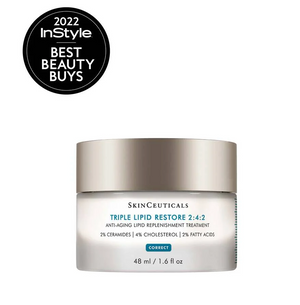
Ever been on a massage table and heard your massage therapist tell you that “you have a knot there”? You’re not alone. If you’re not clear on what exactly a muscle knot is, you’re also not alone! Here we answer everything you wanted to know about knots, where they come from, and what you can do about them.
How Does A Muscle Knot Form?
Most of the time, muscles do their work without much complaint. Occasionally, though, they'll develop painful “knots”, areas where the muscle fibers tighten but don't release. The technical name for a knot is a myofascial trigger point, but as common as muscle knots are, scientists disagree about what causes them. Some research suggests these trigger points start with muscle injury or overuse. Other studies suggest they come from over-stimulation of the muscle fibers. No matter what causes them, knots are common; about half of us get them on a regular basis, and more than three-quarters of the population will experience them at some time.
What Causes Muscle Knots?
When your muscles are functioning normally, they tighten and release quickly. Trigger points happen when a small area within the muscle stays contracted. Pain receptors begin to fire, sending a signal to your brain to relax the muscle, but the return signal never reaches this isolated cluster of muscle fibers. The knot itself becomes painful and tender, but it can also send pain radiating to other parts of the body, a phenomenon doctors call referred pain. Ranging in size from pencil-point dots to walnut-sized areas in larger muscle groups, knots are essentially localized muscle cramps.
How To Treat Muscle Knots
As with other types of muscle cramps, massage can help by physically inducing taut muscle fibers to relax. Just as an actual knot responds to manipulation to loosen it where it's been pulled tight, muscle tissues relax their grip when loosened with a therapeutic massage. A knot in an easy-to-reach area such as your calf or lower arm responds to pressure you apply yourself, but most knots form in the large muscle masses of your back, shoulders and thighs where they're tougher to reach. A massage ball can help, but a session with a professional massage therapist is more effective than self-treatment.
Massage also reduces residual or referred pain around the area of a muscle knot, something a roller or ball can't manage. Heat therapy can help ease the discomfort of muscle knots and the referred pain they cause, so massage techniques that use heat are good choices to cope with trigger points. Hot stone massages, for example, loosen knotted muscles quickly.
How To Treat Muscle Knots That Persist
If muscle knots are chronic or don't respond to massage, it may be time to see your doctor. Injections of lidocaine or corticosteroids to the knot and surrounding muscle tissues induce the fibers to relax. This option is also good for dealing with trigger points that occur after an accident or injury to the muscle.
For most knots, though, massage therapy is best. A relaxing massage is always more enjoyable than an injection, so consider non-invasive techniques for dealing with knots first.








